Official match ball of the FIFA World Cup 2025 - Photo: Inter Miami CF
The 2025 FIFA Club World Cup ball produced by Adidas has three main colors: red - white - blue, inspired by the flag of the United States - the country hosting the tournament.
The designs include sharp blocks, deconstructed stars and stripes on a glossy background with a pearl effect, making them eye-catching both on the field and on television.
Adidas uses a 20-panel structure instead of the traditional 32-panel design. The scientifically arranged debossed grooves help optimize airflow, reduce turbulence and ensure a stable, accurate ball flight.
Advanced technology inside the eye-catching ball
According to Tuoi Tre Online , the ball's shell uses PRECISIONSHELL technology with 20 panels that are heat-pressed instead of sewn, making the surface seamless, limiting water absorption, and improving flight accuracy. Deep grooves distribute air flow better, helping the ball stabilize its trajectory when kicked at high speed.
The ball core is enhanced with CTR‑CORE technology to maintain shape, increase durability and better air retention. This helps the ball not to deform even when subjected to strong and continuous force during top matches.
The special highlight is the Connected Ball technology , with a super small IMU sensor located in the center of the ball, operating at 500 Hz to measure the acceleration and rotation direction of the ball extremely accurately. Along with that is a system of antennas and copper wires connected to the receivers on the goal frame.
Sensors are placed inside each ball to measure acceleration and speed - Photo: Adidas News
This data is transmitted directly via wireless waves to the VAR system, assisting the referee in difficult situations such as offside or penalty kicks that are difficult to detect with the naked eye.
Or whether the ball has crossed the goal line or not will also be supported by this technology. Specifically, the ball Ali Lajami cleared right on the goal line after Haland's shot in the knockout match between Manchester City and Al Hilal in the round of 16...
In particular, the sensor can be recharged via wireless charging technology (induction recharge), ensuring it is always ready throughout the tournament.
High-speed camera network supporting VAR
In addition to sensors inside the ball, the 2025 FIFA Club World Cup will deploy eight to 16 high-speed cameras around the pitch, working in conjunction with an AI system to track the ball's trajectory and player position.
This system monitors movements with high precision, supports automatic offside detection (SAOT - Semi Automated Offside Technology) and sensitive situations such as handball, football, or small collisions that are difficult to observe with the naked eye.
All data signals, including information from the ball and camera images, will be transmitted to the VAR room at extremely fast speeds, up to 50 times per second, helping video referees have enough accurate evidence and make timely decisions.
Technology system helps support referees in difficult decisions - Photo: REUTERS
Famous "tech balls"
The Adidas Al Rihla ball used at the 2022 World Cup is a major milestone in bringing sensor technology to top-level competition balls. Inside the Al Rihla is a super small IMU (Inertial Measurement Unit) sensor, only about 14 grams, located in the center and capable of measuring the velocity, acceleration, and rotation angle of the ball at a frequency of up to 500 Hz.
It also integrates an antenna with a copper core to continuously broadcast to receivers placed around the stadium, in coordination with the SAOT (Semi-Automated Offside Technology) system to determine offside extremely quickly and accurately.
The Adidas Al Rihla combines data from 12 high-speed cameras that track player movements, forming a synchronized network that supports VAR and helps video referees make more accurate decisions in sensitive situations. It is manufactured by Adidas in Sialkot, Pakistan and has become a pioneer model for the next generation of "smart balls".
Starting from the 2022 World Cup semi-finals, Adidas replaced the Al Rihla with a special edition called the Al Hilm , with a more eye-catching yellow and red colorway to commemorate the final round.
In terms of technology, Al Hilm is exactly the same as Al Rihla, still keeping the 500 Hz IMU sensor, signal transmission antenna, thermal panel technology, recycled polyurethane shell and PRECISIONSHELL system to stabilize the ball flight. The only difference is the external design to increase the symbolic value of the final match, while all technical specifications meet FIFA standards and closely coordinate with VAR as well as SAOT to ensure the most accurate refereeing decisions.
The balls have adopted technology from previous tournaments.
Following the success of Al Rihla, the Adidas Oceaunz ball chosen for the 2023 FIFA Women's World Cup is also equipped with the same. The blue-toned ball design, inspired by the ocean, has brought high performance and received positive reviews from many professional female players after testing.
The Adidas Fussballliebe ball at EURO 2024 is the next generation of "smart ball" technology with many improvements. Fussballliebe still retains the 500 Hz IMU sensor, signal transmission antenna, inductive charging battery and deep integration with the SAOT system to automatically catch offside.
In addition, the ball is combined with UEFA's high-speed camera network to support VAR and ensure absolute accuracy of refereeing decisions. The ball design is European with black, orange, white and peace symbol, while maintaining PRECISIONSHELL technology to optimize the ball flight.
PHAN HAI DANG
Source: https://tuoitre.vn/he-lo-cong-nghe-ben-trong-trai-bong-tai-fifa-club-world-cup-2025-20250704110040558.htm



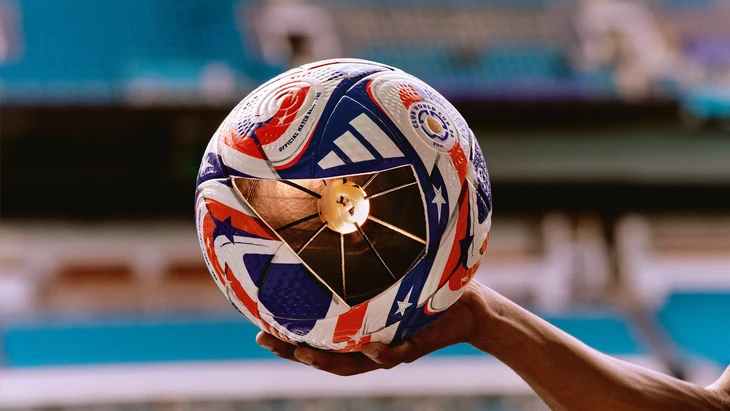
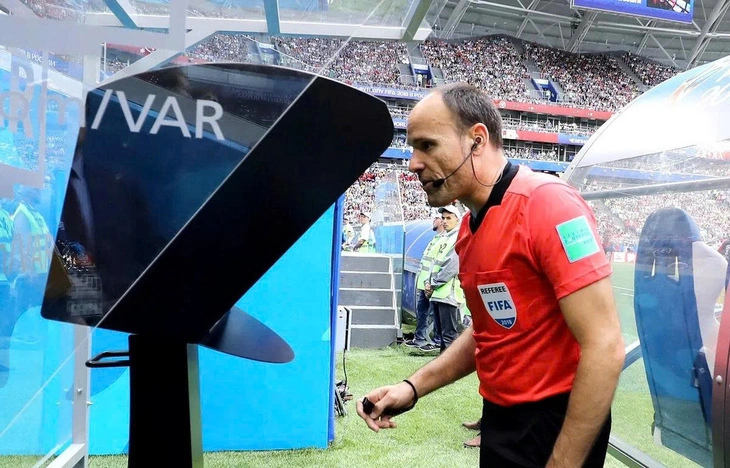
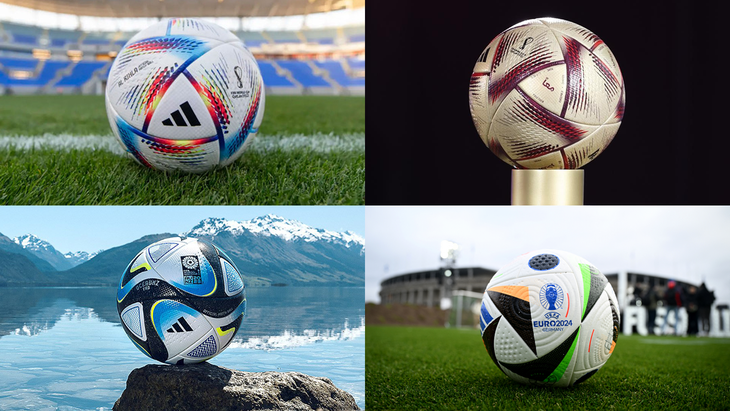
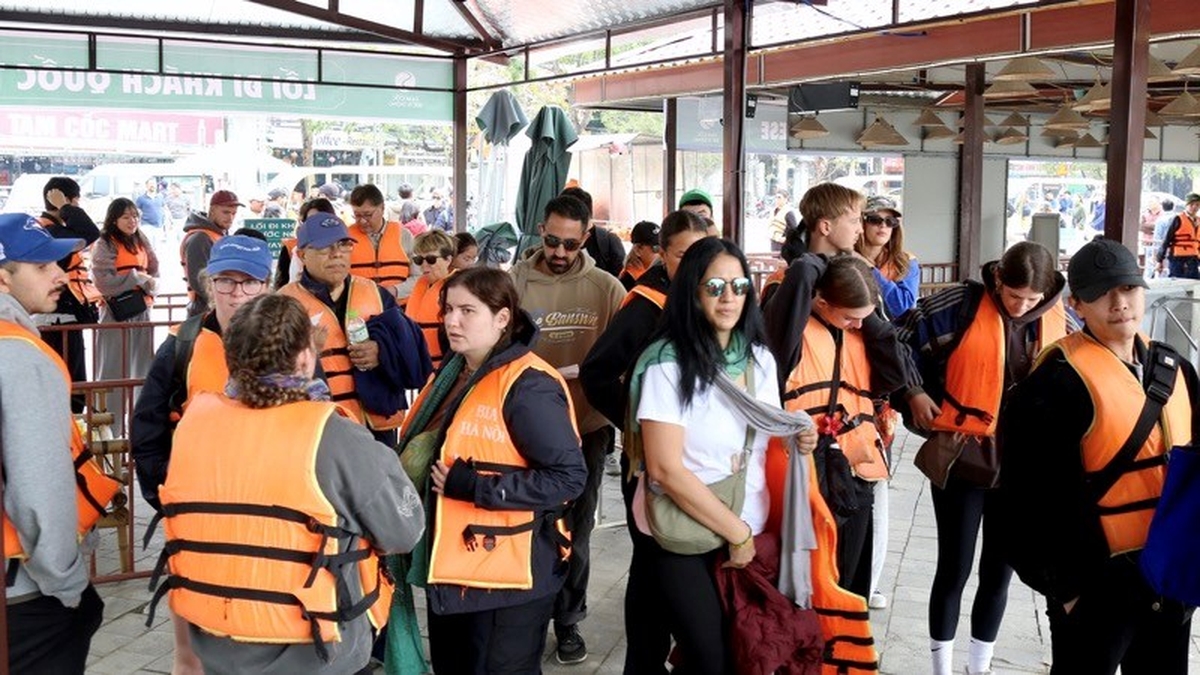
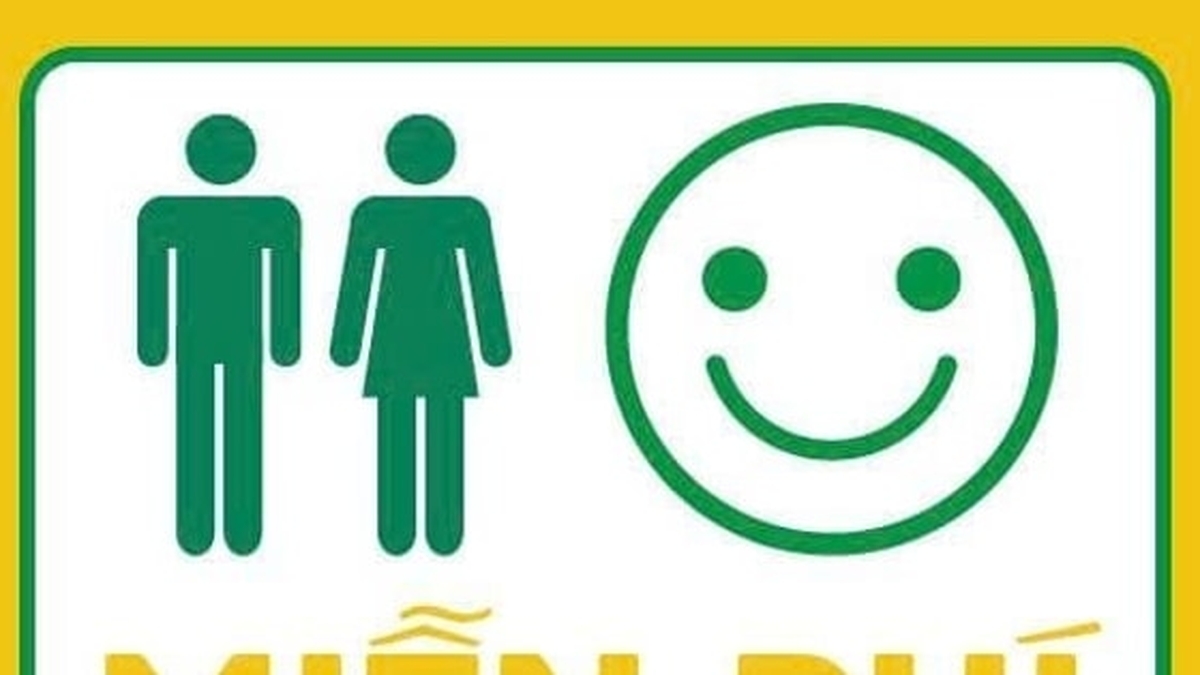
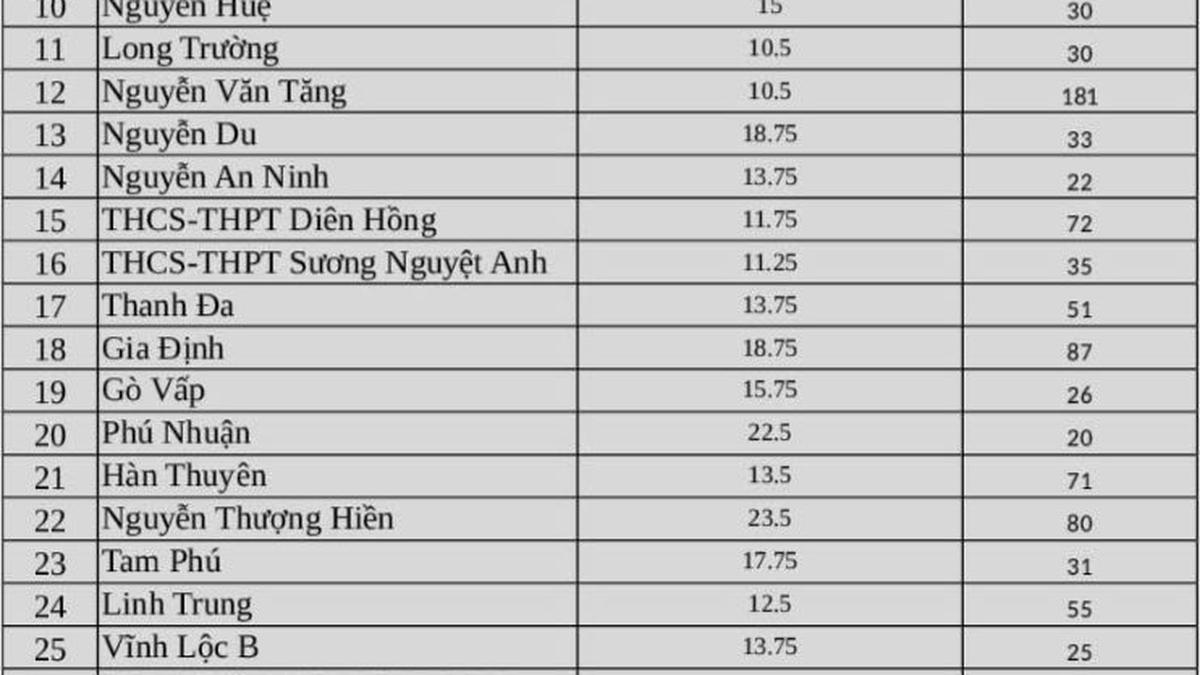
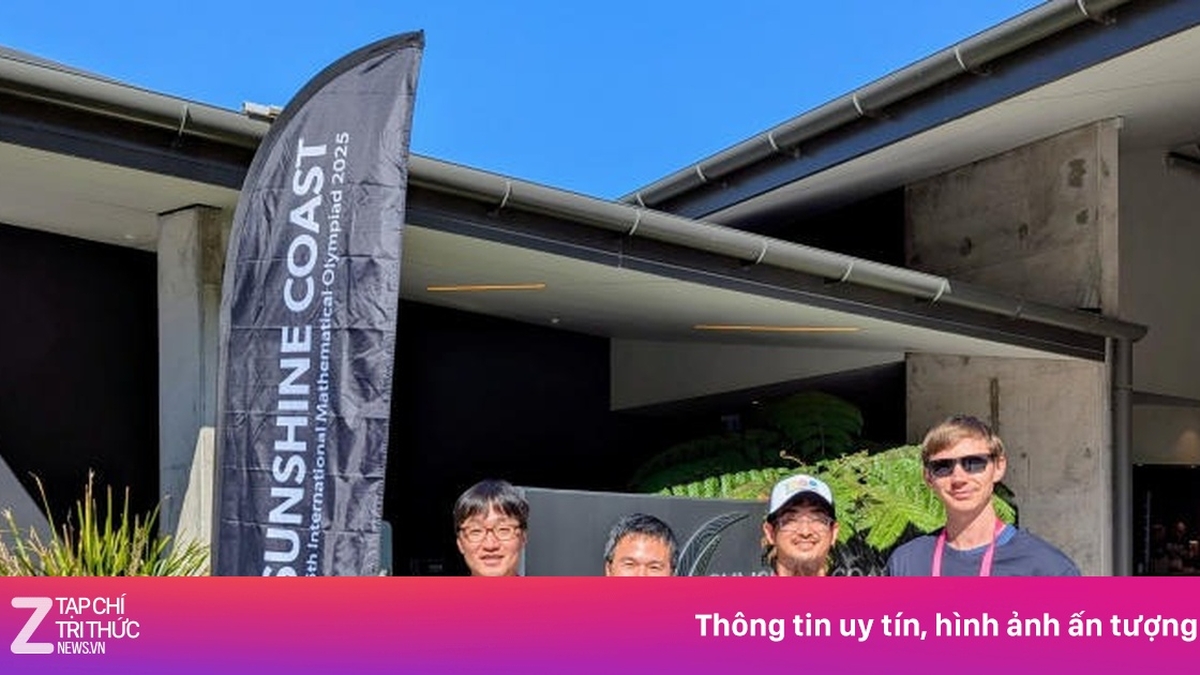
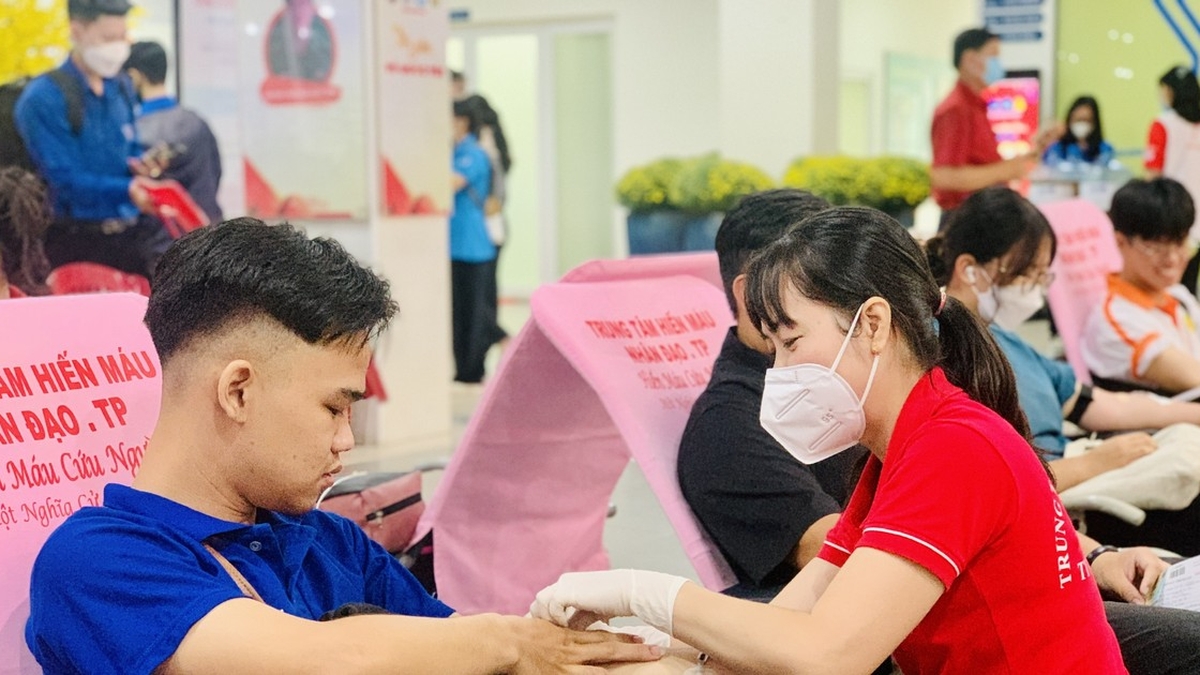
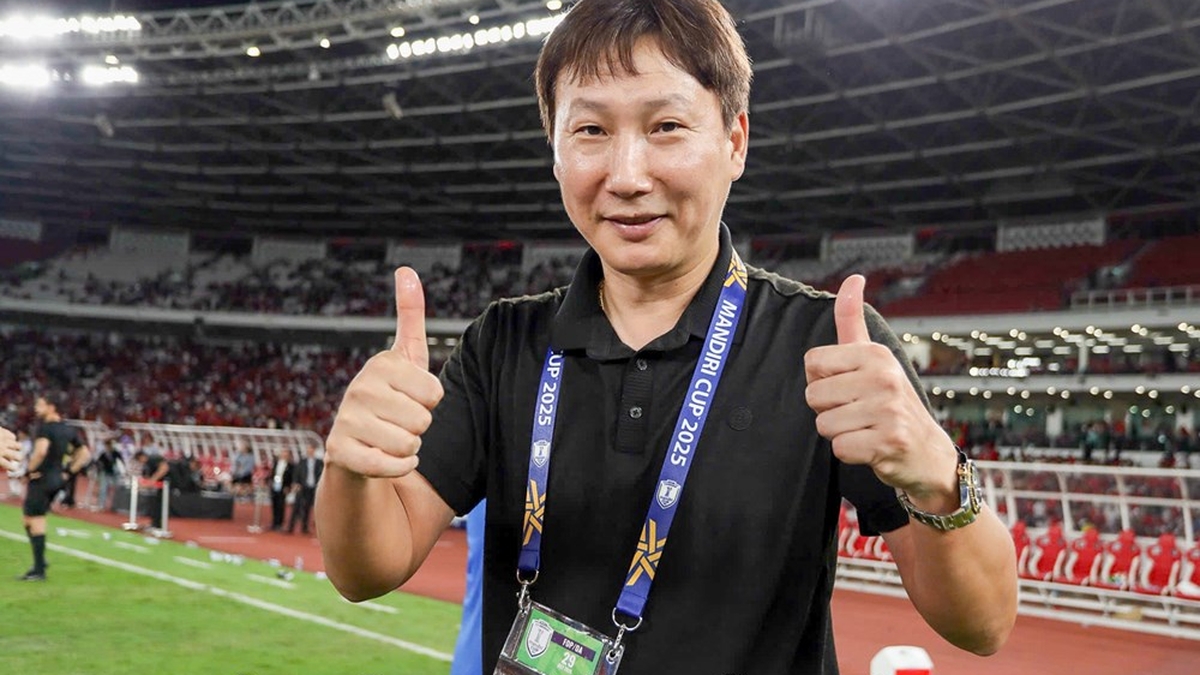
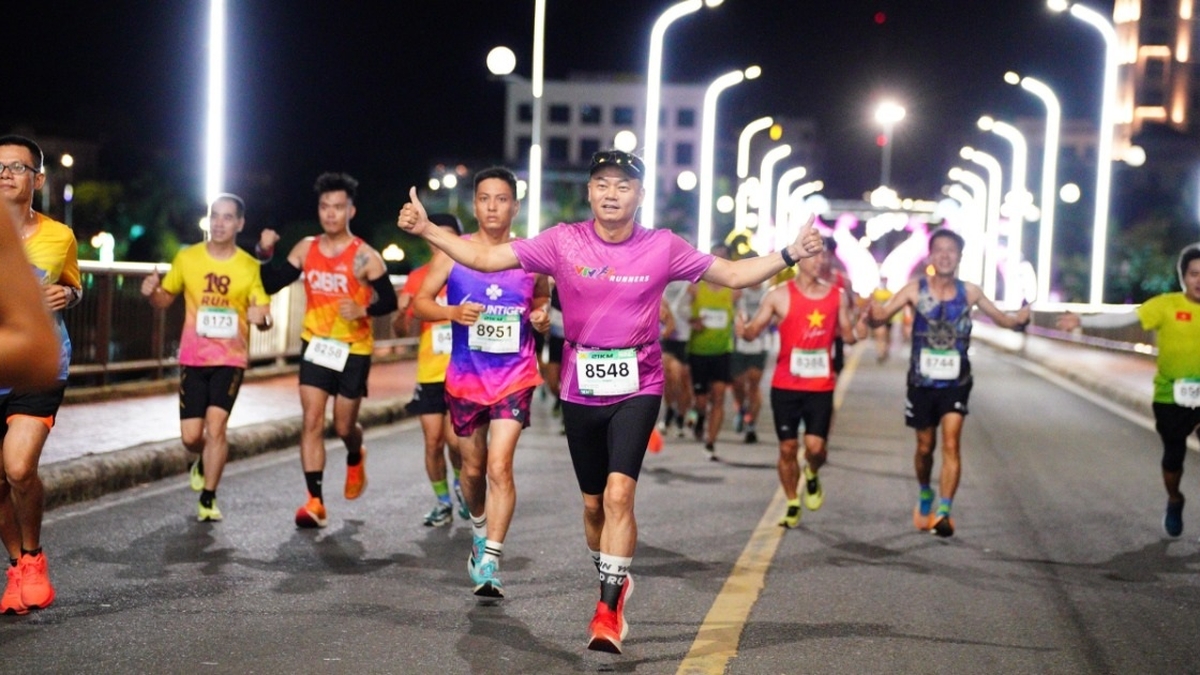

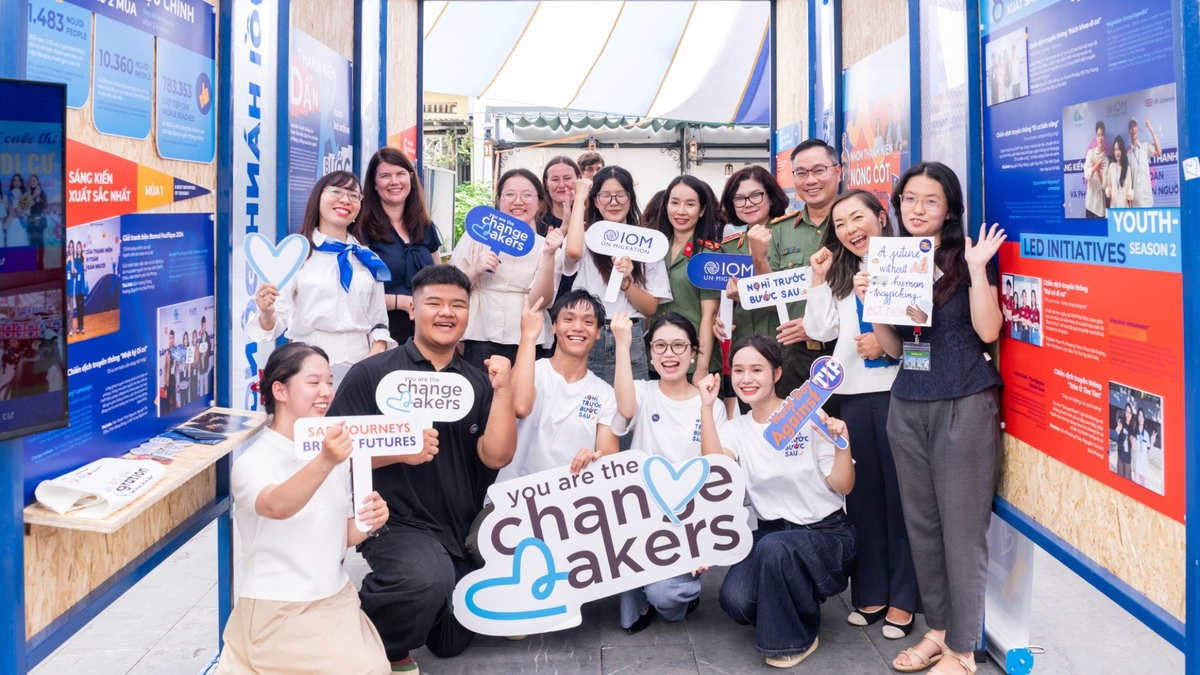
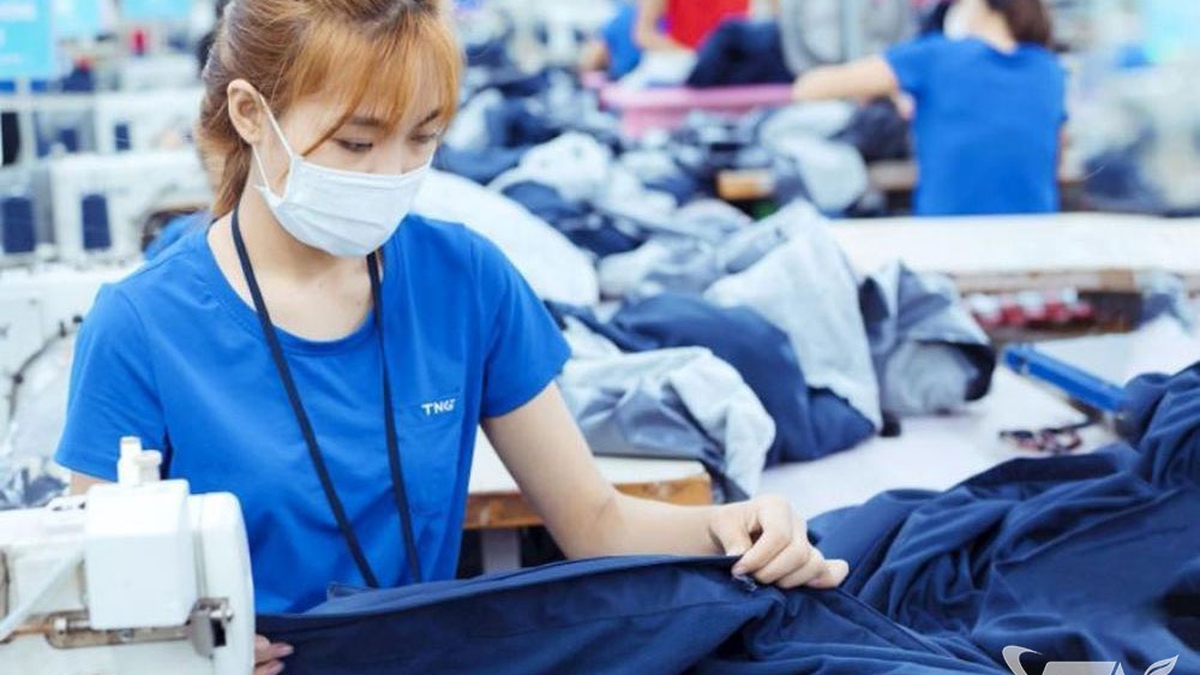



















![[Photo] National Assembly Chairman attends the seminar "Building and operating an international financial center and recommendations for Vietnam"](https://vphoto.vietnam.vn/thumb/1200x675/vietnam/resource/IMAGE/2025/7/28/76393436936e457db31ec84433289f72)














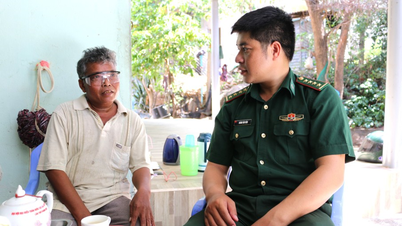














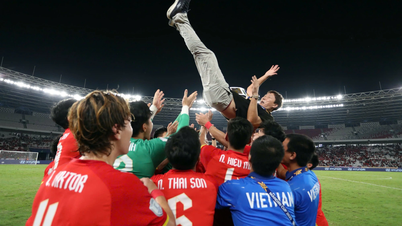
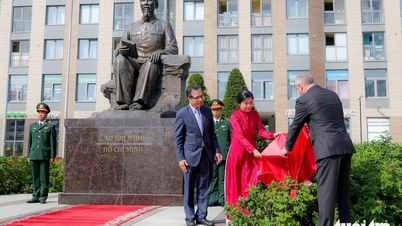
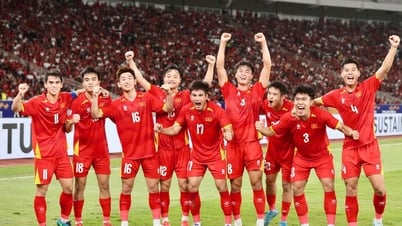
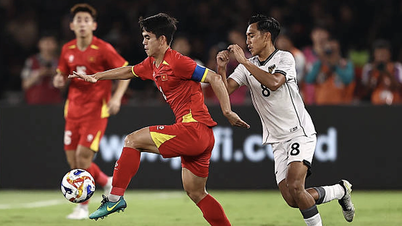



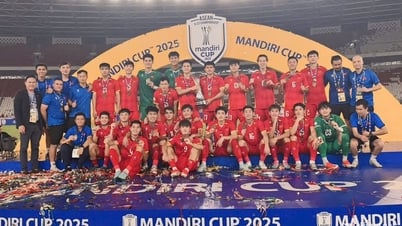
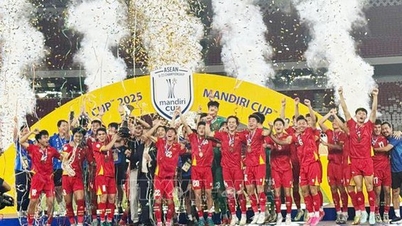



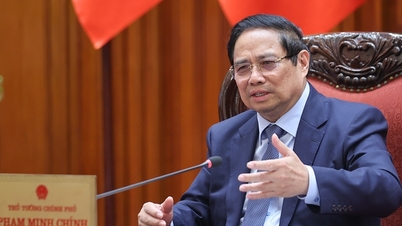
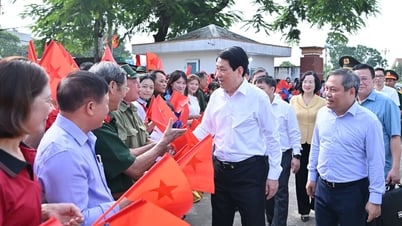





















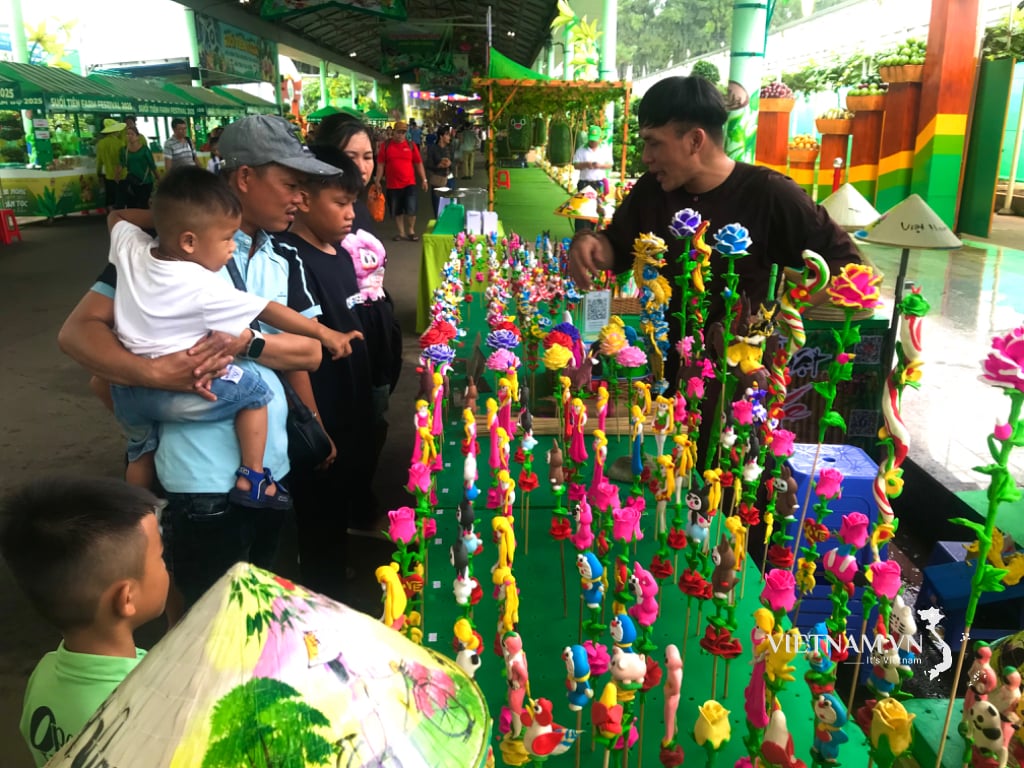
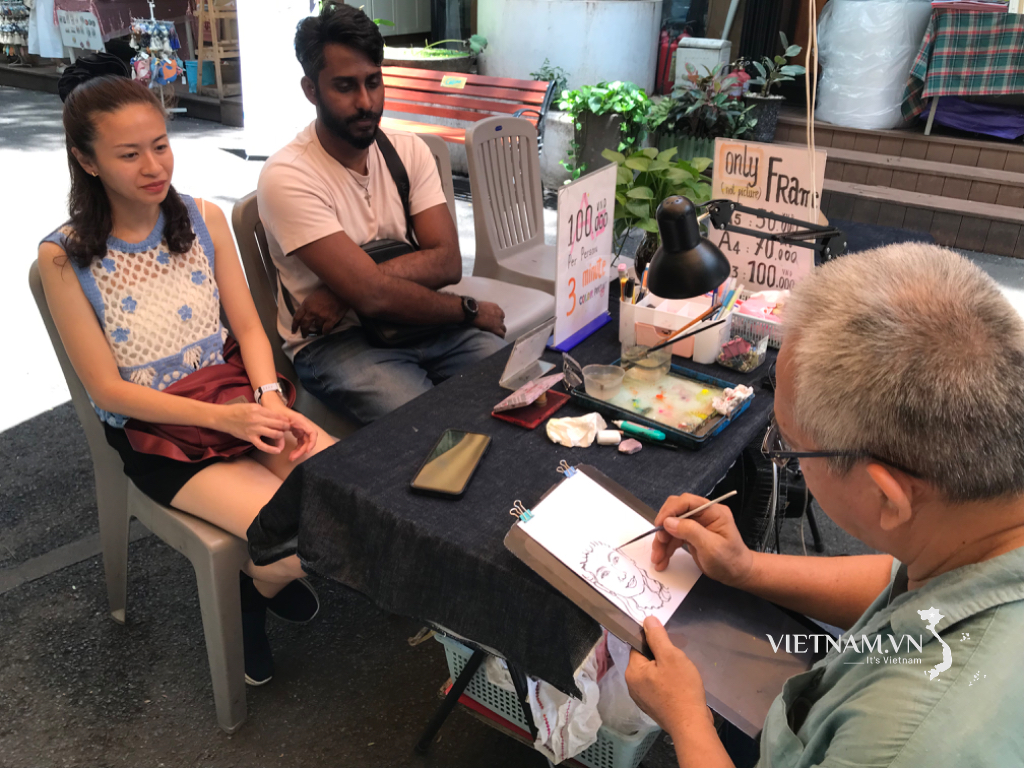
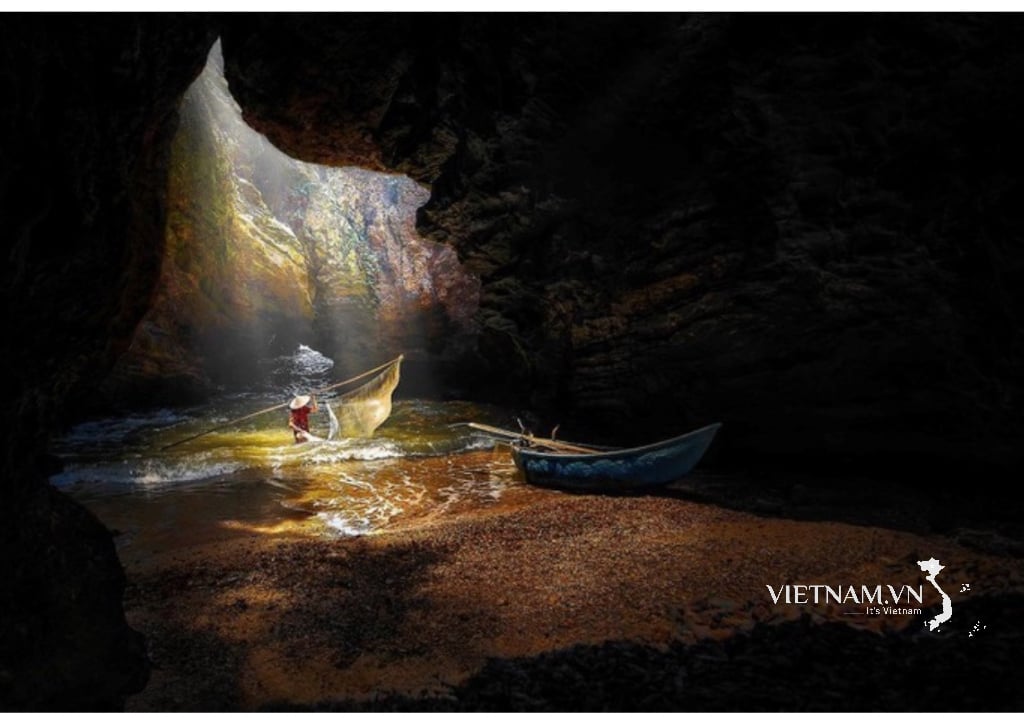

Comment (0)